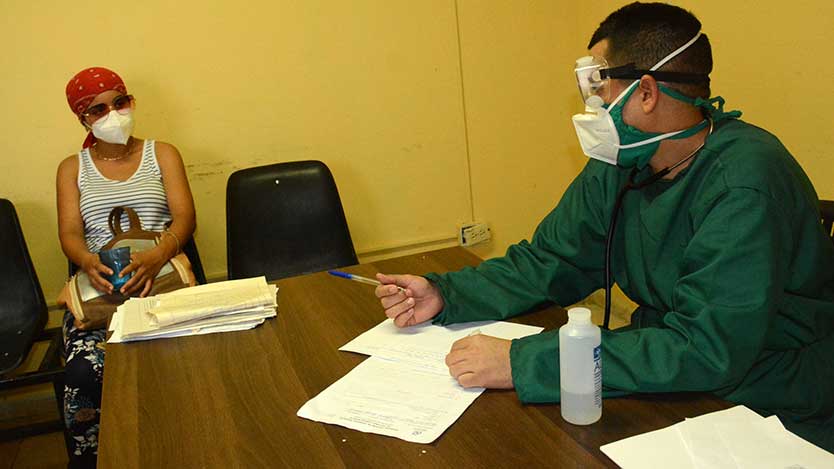
Fortunately, the forecasts are based on probabilistic calculations and, although they allow predicting certain scenarios, it does not mean that the immediate future will be as it is. This week, there are 359 indigenous cases reported until Thursday, the daily average behaved below estimates.
We had said that the incidence would be between 100 and 160 informed infections per day, but with the accumulated amount until February 17, the real figure fell to 71. Of course, this is good news and, however, it should not cloud us. The chances of underreporting are not negligible.
An underreporting given by everyone who, even with symptoms, does not go to the doctor and never confirms suspicions of COVID-19. An underreporting that could also rest on those who, having been sampled with an antigen test and negative results, continued with the symptoms and did not undergo RT-PCR. In addition, an underreporting associated with tourists, since they are only randomly sampled and, nevertheless, they can generate transmission within hotels.
In fact, of the 19 institutional outbreaks identified at the beginning of the week, 12 corresponded to hotel facilities in the Jardines del Rey destination. It may not always be possible to establish the origin of the contagion, but logic indicates that it can go back and forth.
At this minute, then, more than the cases themselves, we should be concerned not to violate the steps of the protocols. The weekly report prepared by Dr. José Ramón Artigas, a Second Degree Epidemiology specialist, makes it very clear: “there are deficiencies in the quality of epidemiological surveys, mainly in contact detection.”
Throughout these two years of confronting the epidemic, if we believed that something had been “sown” it was the certainty that only by identifying all the possible contacts of the sick could stop transmission. You will remember that we talked about epidemiological spiders and surveys that made it possible to trace the route of the virus within families, workplaces or communities. Everything seems to indicate that this is no longer possible today.
The expert's recommendations also point to a higher quality and more efficient research. It is obvious that we are no longer at the time to investigate 100 percent of the population, but those identified as vulnerable should not be lost sight of. They have been the ones who have paid the highest price for COVID-19.
